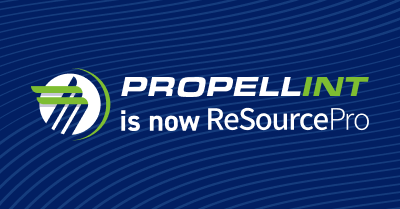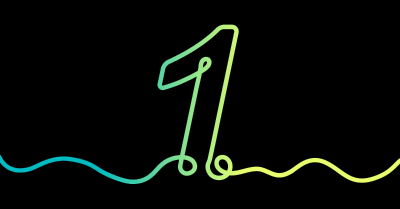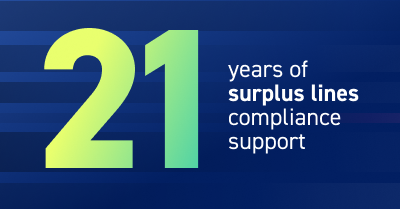Whether you’re looking to improve certain aspects of your insurance operations that aren’t meeting expectations or simply want to take them to the next level, it can be tough to figure where to begin. One methodology we find useful is the “Five S’s”: Standardize, Segment, Streamline, Source, and Scale. The Five S’s are about creating the capacity to maximize the productivity of your staff, enabling profitable growth.
1. Standardize
Standardization of key workflows reduces variability and complexity and improves measurement and management of data. This not only benefits your employees—as it provides them a clear understanding of how to perform a given task—but ensures greater quality and consistency when it comes to delivering client services. Achieving process standardization is a time-consuming but worthwhile endeavor, and typically involves mapping the process, identifying the most effective approach, training employees on the approach, and then capturing data to measure impact.
2. Segment
Segmentation is about analyzing the size, profitability, and complexity of your accounts, and allocating resources accordingly. Without segmentation, your organization could be over servicing some accounts while underservicing others. This not only results in a poor experience for customers but creates unnecessary strain on employees, increasing turnaround time as well as raising the risk of errors and other problems. To give you an idea of just how big an impact segmentation can have, one retail broker was able to reduce their annual processing costs by 33% by analyzing their accounts’ profitability and transitioning them to the appropriate business unit.
3. Streamline
In Lean methodology, any step in a process that does not add value for the customer is considered “waste.” In the benefits process, common examples of waste can include price shopping, reformatting proposals, or having senior employees perform junior-level work. Streamlining your operations will require analyzing your processes, determining where waste exists, and taking the appropriate steps to reduce or eliminate it.
4. Standardize
Sourcing is about directing the right work to the right person and can be done both internally and externally. Internal sourcing offers some benefits but isn’t always practical, especially if it means increasing an employee’s workload or transferring them from one important role to another. On the other hand, external sourcing allows you to gain the support you need without needing to make sacrifices. External support teams can also bring in fresh perspective on the efficiency of your operations.
5. Scale
How scalable is your organization? Without scalability, employee benefits divisions can find themselves in a bind when business demand suddenly increases, such as when acquiring a large client. Scalability isn’t just about having the resources to handle increased demand but having the right processes, too. Is the process repeatable across your teams so that you can use it no matter the client (e.g., regional vs. national)? Is it easily teachable, allowing you to quickly train new team members when needed? Be sure to keep scalability in mind as you follow the Five S’s method.
Get Strategic About Your Operations
The Five S’s method is just one of many that can be used to optimize processes within operations and increase productivity and profitability. Transitioning to a strategic approach for your operations isn’t easy and does require external expertise and support in most cases, but the benefits are well worth it. When you start taking a broader view of operations, one that aligns strategy to people to processes to technology, business runs smoother, more efficiently, profitably, and with greater satisfaction for all—employees, customers, and shareholders.
Learn how ReSource Pro helps you streamline operations and source work to the right people by exploring our solutions.



